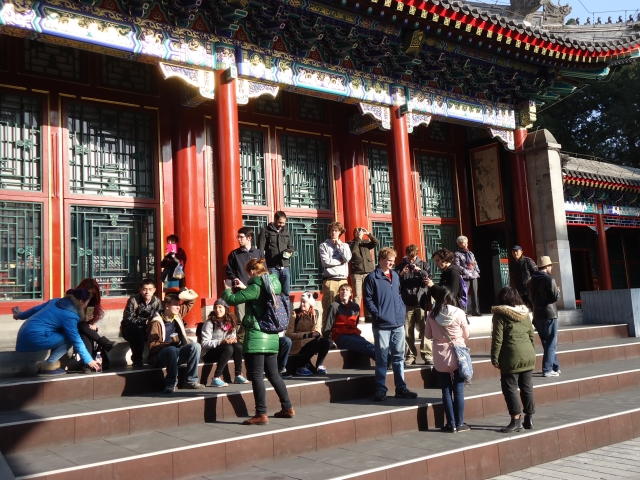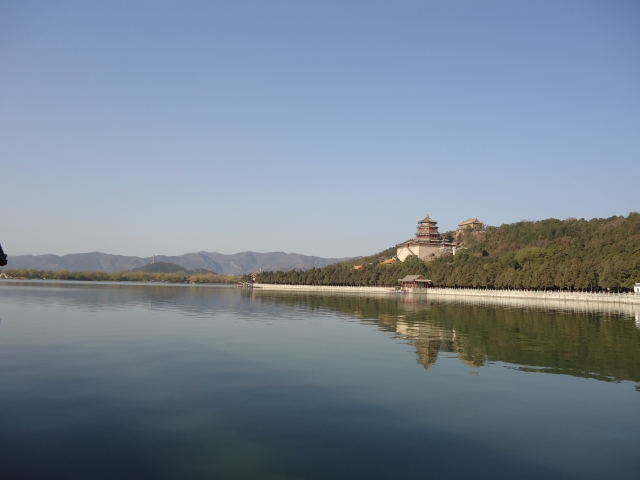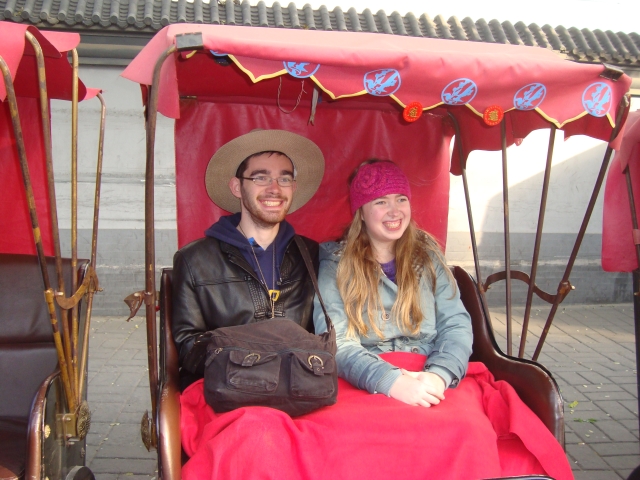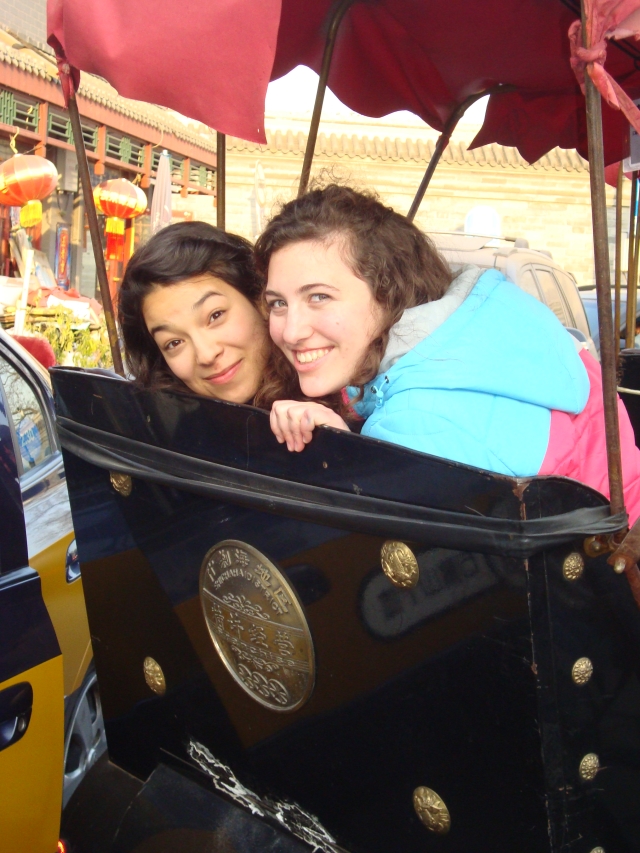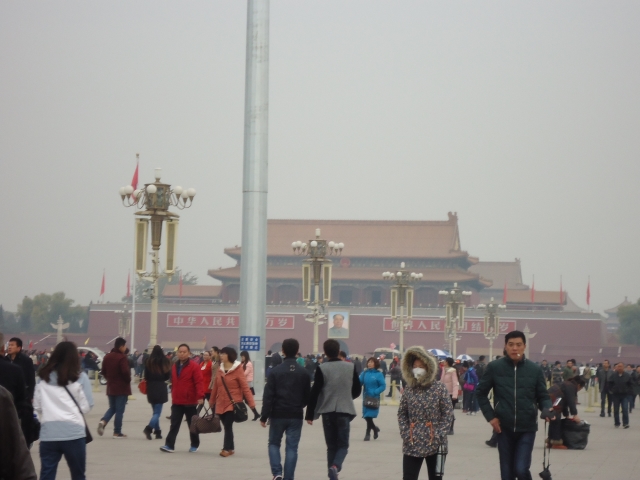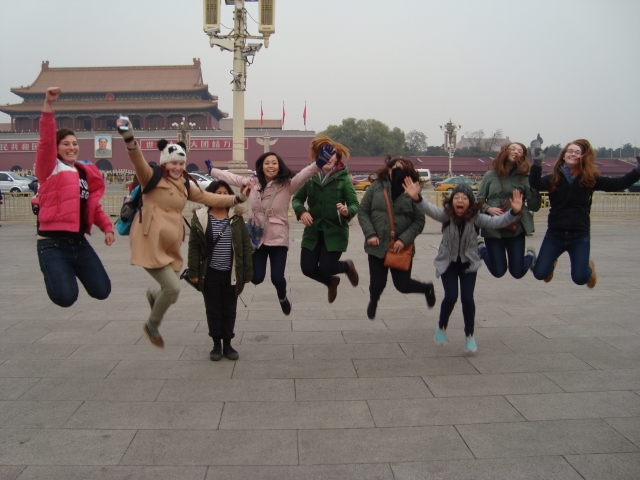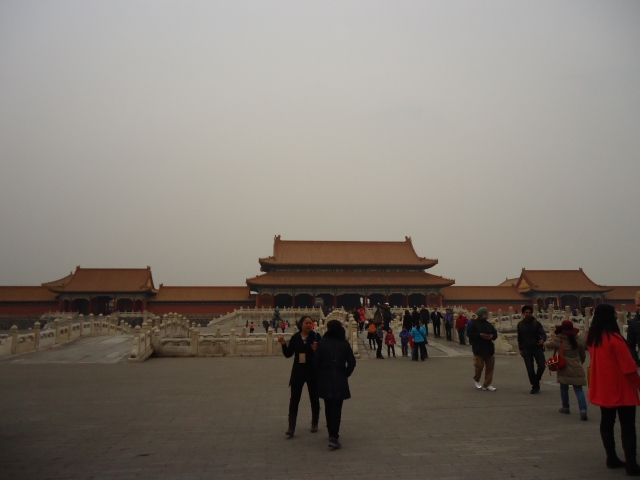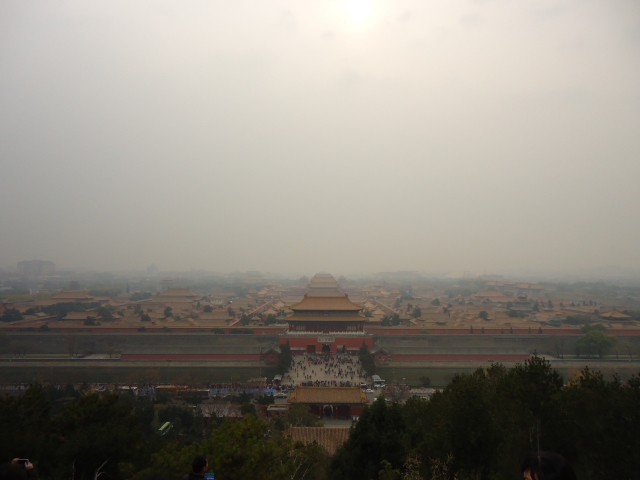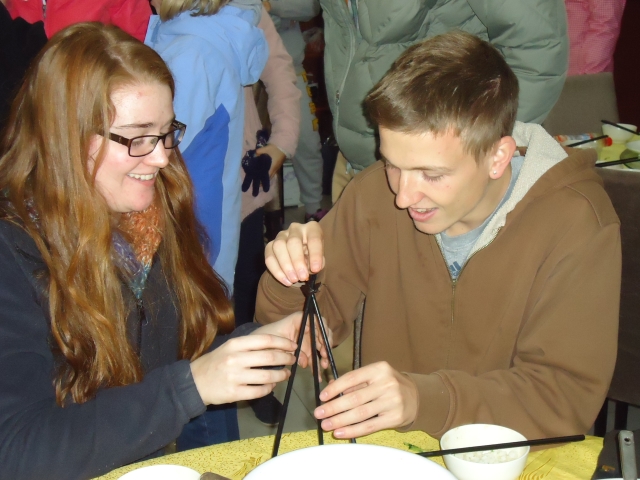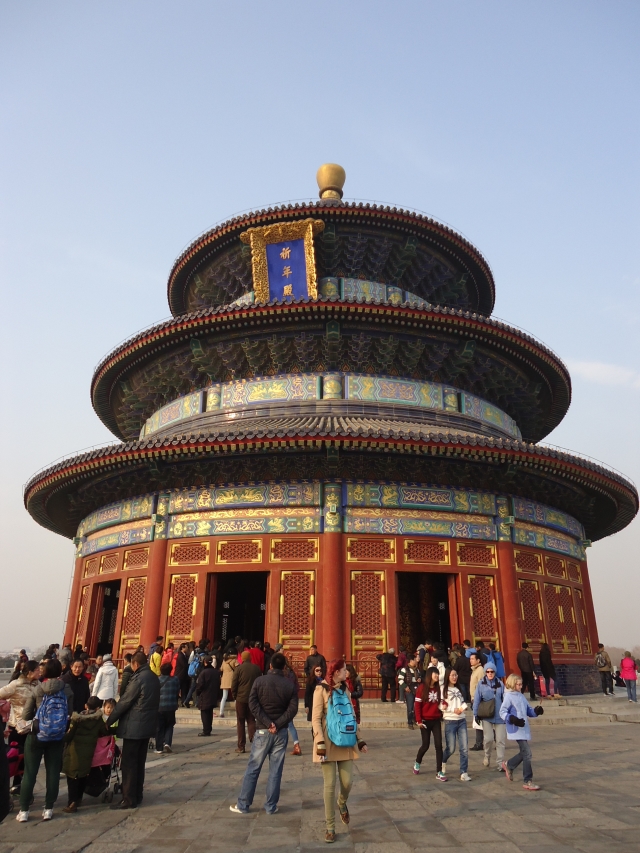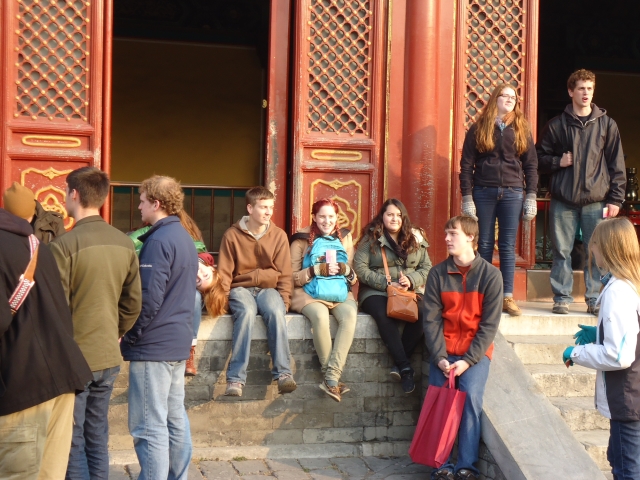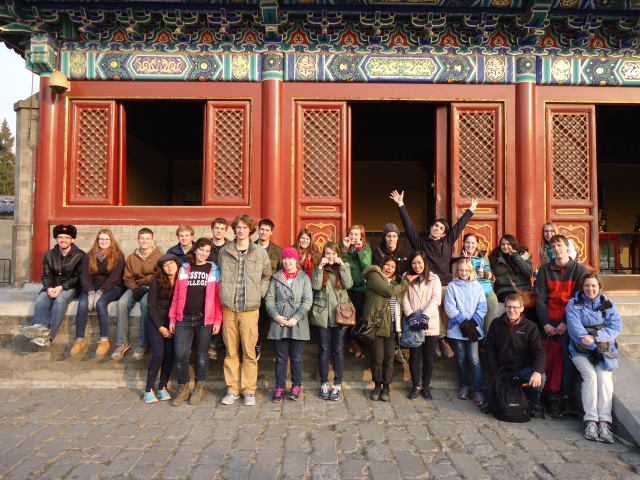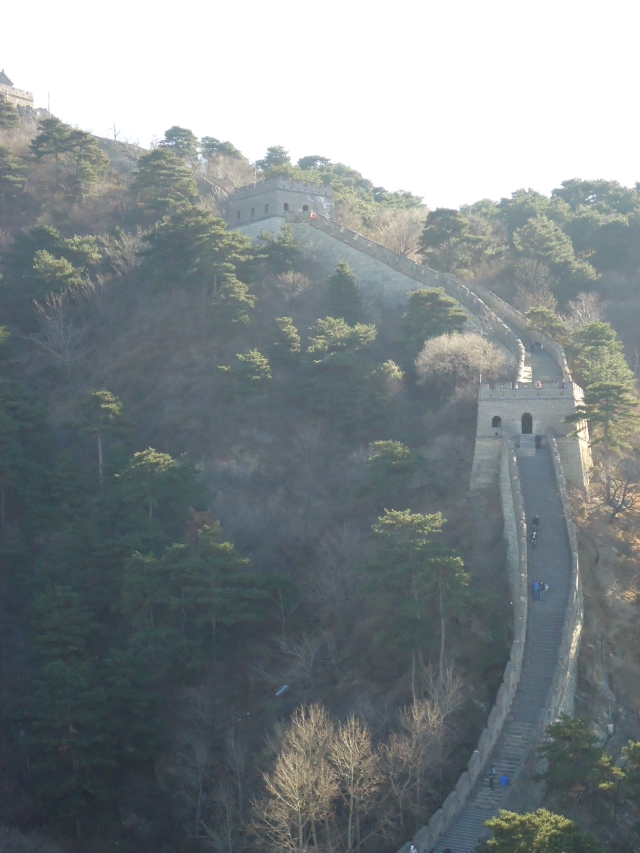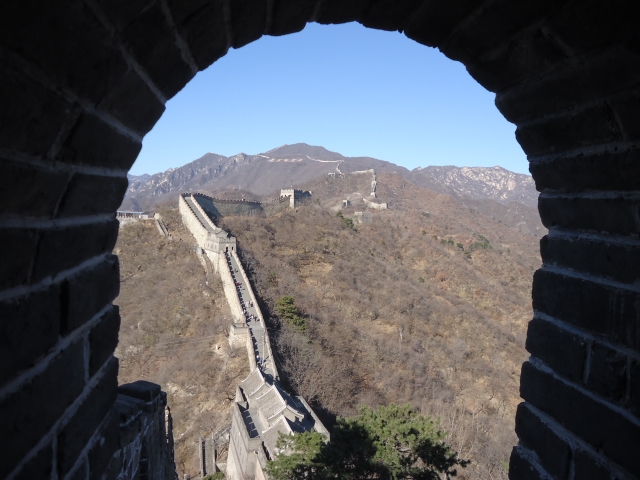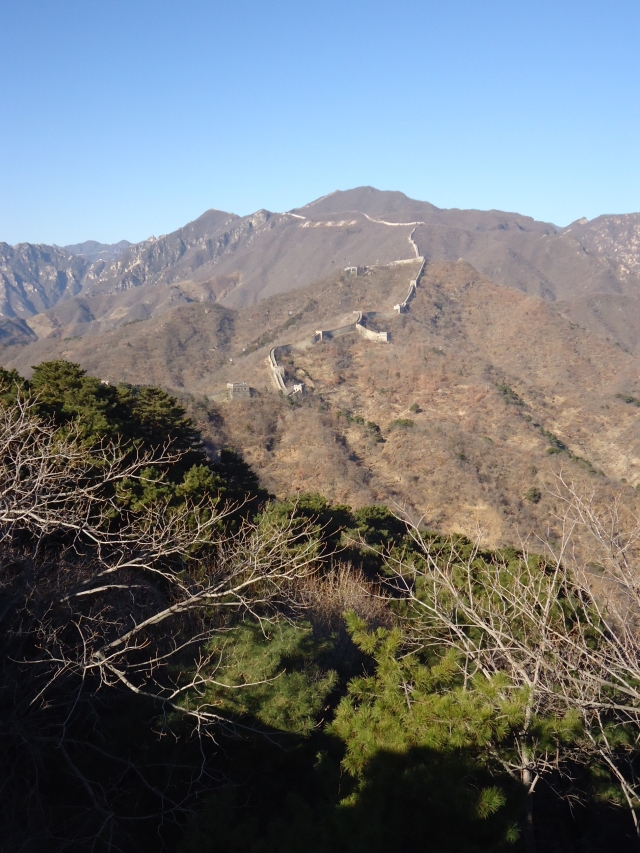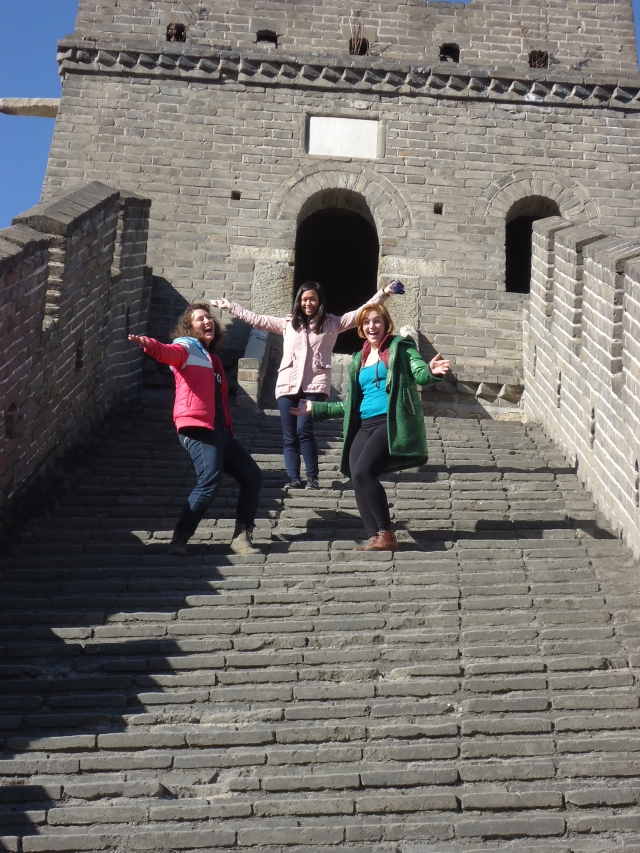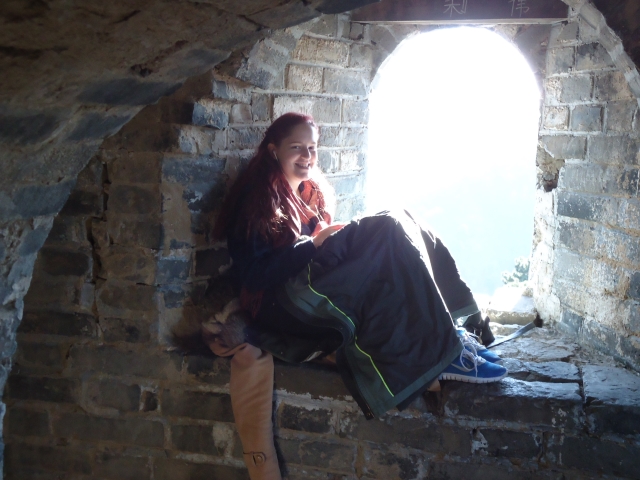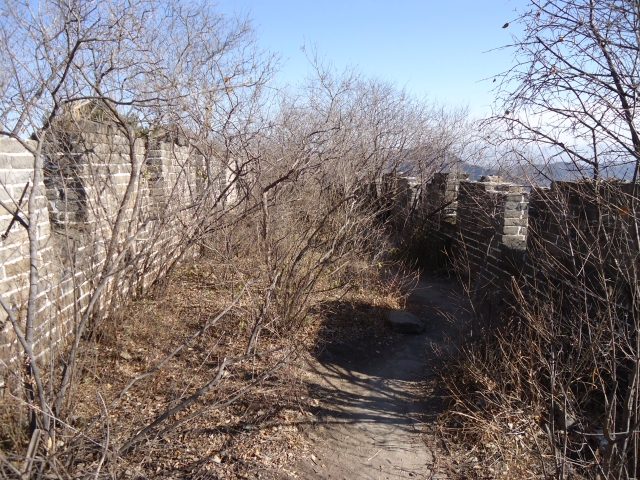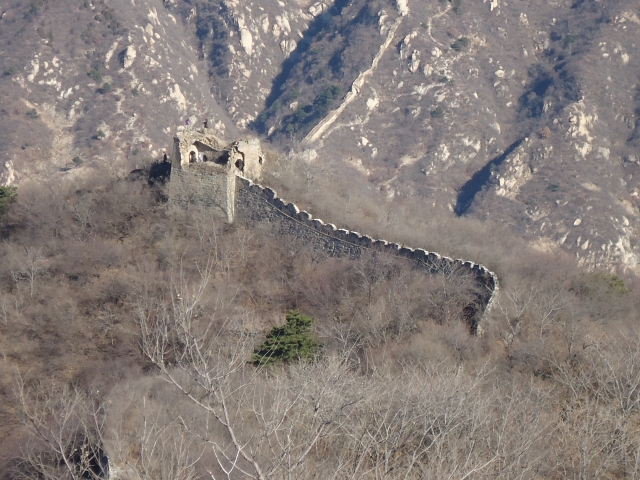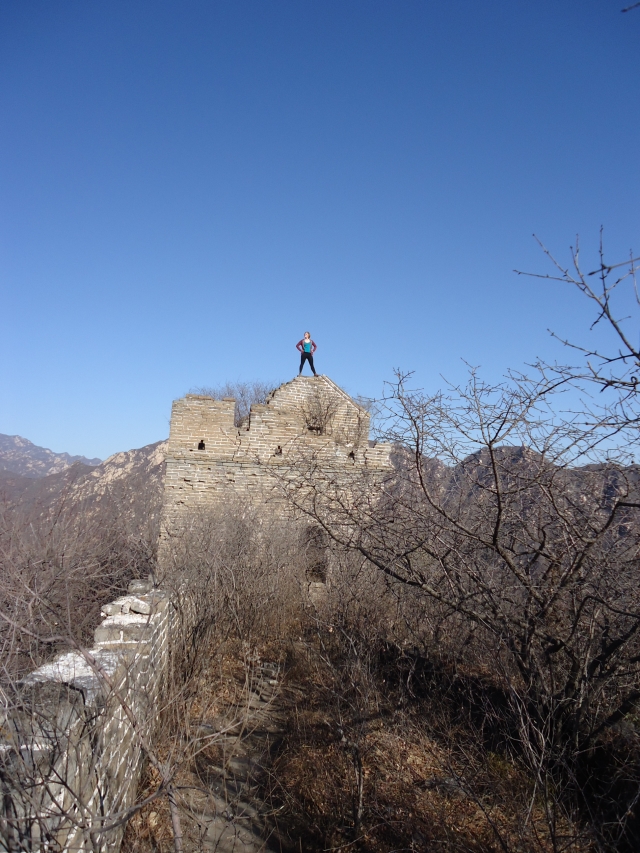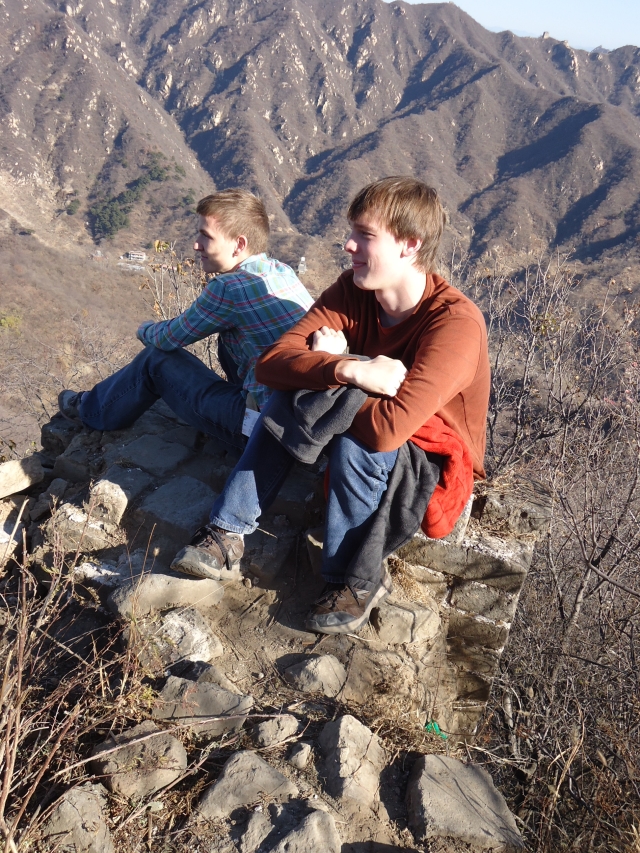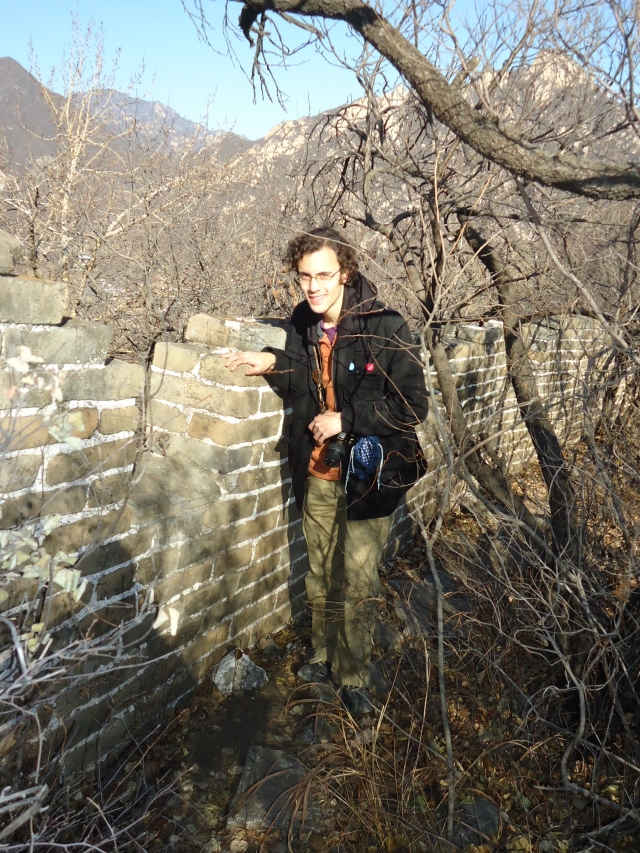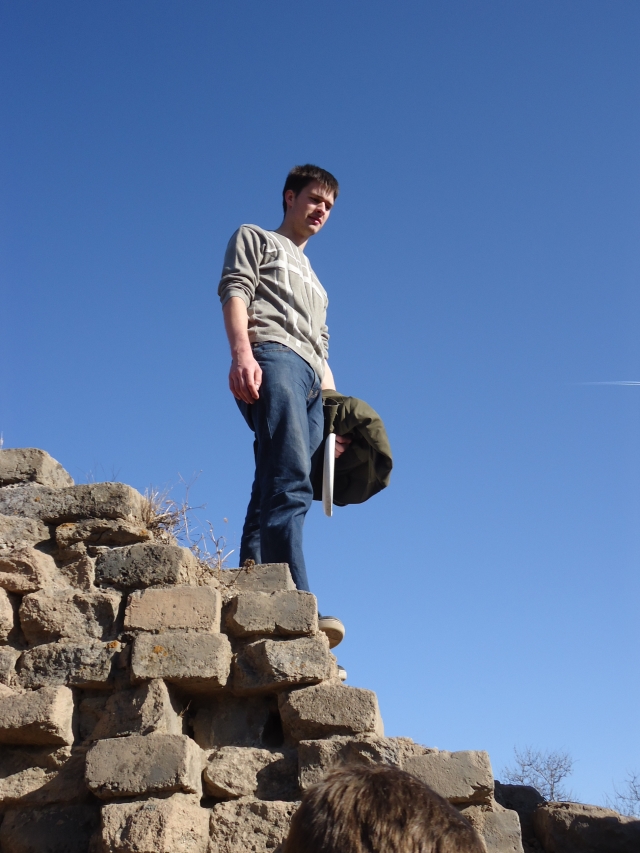Concluding our time in China: Beijing and the Great Wall
The SST group arrived in Beijing about 7:30 a.m. on Saturday morning, having taken the night train from Xi’an. Beijing has been the capital of China for most of the past 750 years and represents not only a cultural storehouse of China’s history and tradition, but also an example of contemporary China’s modernization and engagement with the world. The city of 22 million is home to noted places such as the imperial Forbidden City and Temple of Heaven, as well as a state-of-the-art subway system, elite universities, and avant-garde architecture. Beijing is also associated with urban sprawl, serious traffic congestion, and air pollution. (Smog was noticeable on Sunday and Tuesday, but happily we had fairly clear air and blue skies on Saturday and Monday.)
On Saturday we visited the imperial Summer Palace on the northwest side of the city. Most of the grand buildings here were constructed in the 1880s and 1890s, having been rebuilt or repaired after French and British forces looted and burned much of the complex in 1860. We had a clear day, and the view from Longevity Hill allowed us to take in a great deal of the Beijing skyline now that the city’s growth has extended to and beyond this once-rural retreat. After lunch at a Beijing jiaozi restaurant, we took a tour around the lakes near the Forbidden City in peddle cab rickshaws.
The next day we walked from our hotel, which was just south of Tiananmen Square, through the Square to the Forbidden City. In the heart of Beijing, the imperial palace, known as the Forbidden City, was the home of 24 emperors from the Ming and Qing dynasties, beginning in the early 1400s. Even after the abdication of the last emperor in 1911, members of the royal family continued to live here until the early 1920s. The palace complex has more than 9,000 rooms. In the afternoon we visited the Temple of Heaven, in the southern part of the city center. Here emperors conducted elaborate rituals of prayer and sacrifices to the “Supreme Ruler of the Universe” to request good harvests and offer thanks on behalf of the people.
Monday morning we headed out to the Mutianyu section of the Great Wall, about 45 miles northeast of Beijing. Given Beijing’s notorious traffic congestion, it took us almost three hours to get to the village of Mutianyu, but shifting weather patterns had given us a relatively warm day for late November and clear blue skies – lovely conditions for exploring the remarkable structure. Known in Chinese as the “Long Wall,” it is actually a series of often-connected earthen or stone walls that run over 4000 miles from the East China Sea to the Gobi Desert. The Mutianyu section we visited was first built in the 500s and rebuilt many times, finally by the Ming Dynasty in the 1500s. A portion was restored in the twentieth century for visitors.
For those who visit the eastern portions of the Wall for the first time, one of the most striking and surprising things is that the wall does, in fact, run across the very top of the mountain range. The terrain is rugged and quite steep. We took a shuttle bus part way up the mountain and a ski-lift chair straight up the remaining elevation to the wall itself.
For two and a half hours we explored the Wall, breaking into smaller groups and going in different directions and at different paces. There were not many other visitors on the Wall, and a good number of SSTers left even those few tourists behind by continuing beyond the restored portion of the wall, climbing the unrestored sections that are technically not open to the public. We scrambled up unrestored watch towers that garrisoned up to 200 Ming soldiers who stood guard against Manchu horsemen. The unrestored sections are grown up in trees and scrub, and the parapets and crenellations are largely collapsed, and the way rather rough. The views across the mountains were stunning. It sounds cliché, but everyone agreed there was no other way to describe walking across the mountain ridge.
The Great Wall wrapped up our group’s time in China – students are scheduled to fly home to the U.S. on Tuesday, November 25. It’s been a good semester with a great group of students. It’s been delightful to see their leadership skills refined, their compassion and empathy grow, and their perspectives expanded. They navigated cultural challenges with host family life, relied on one another to manage crowded classrooms, mastered urban transportation and rode night trains, found a foreign language becoming more familiar, and were often stretched beyond what they expected when they set off on this adventure in late August. We were privileged to be a part of the journey.
We also conclude this blog with thanks to Ariel Ropp for posting materials for us.
